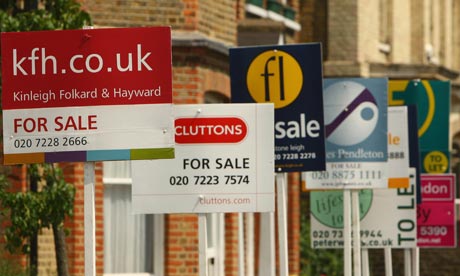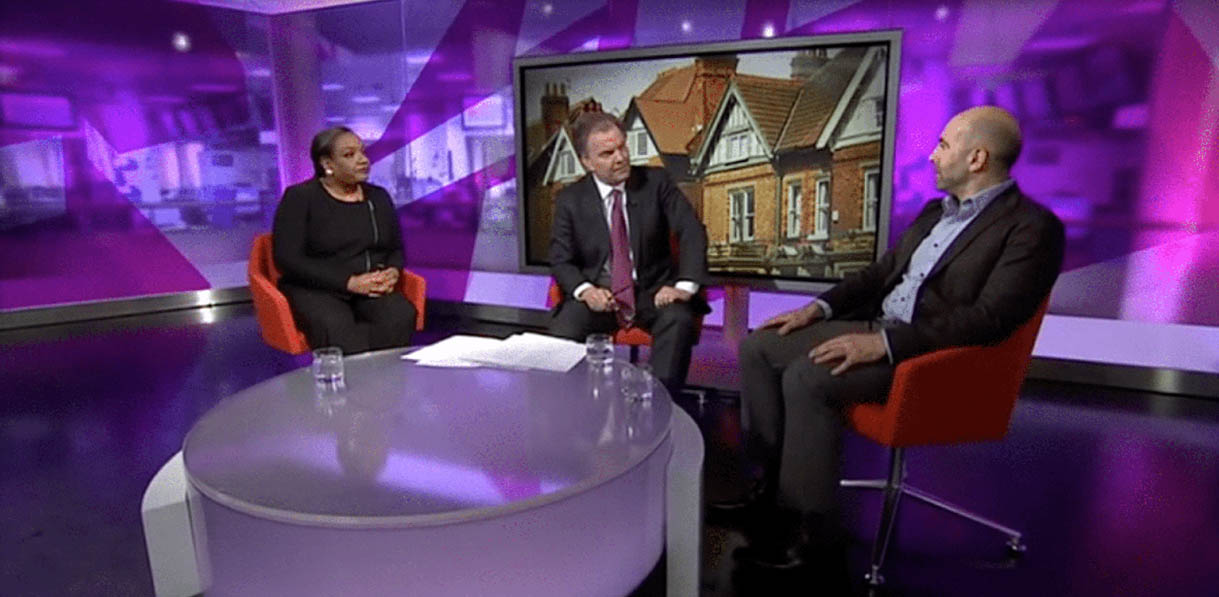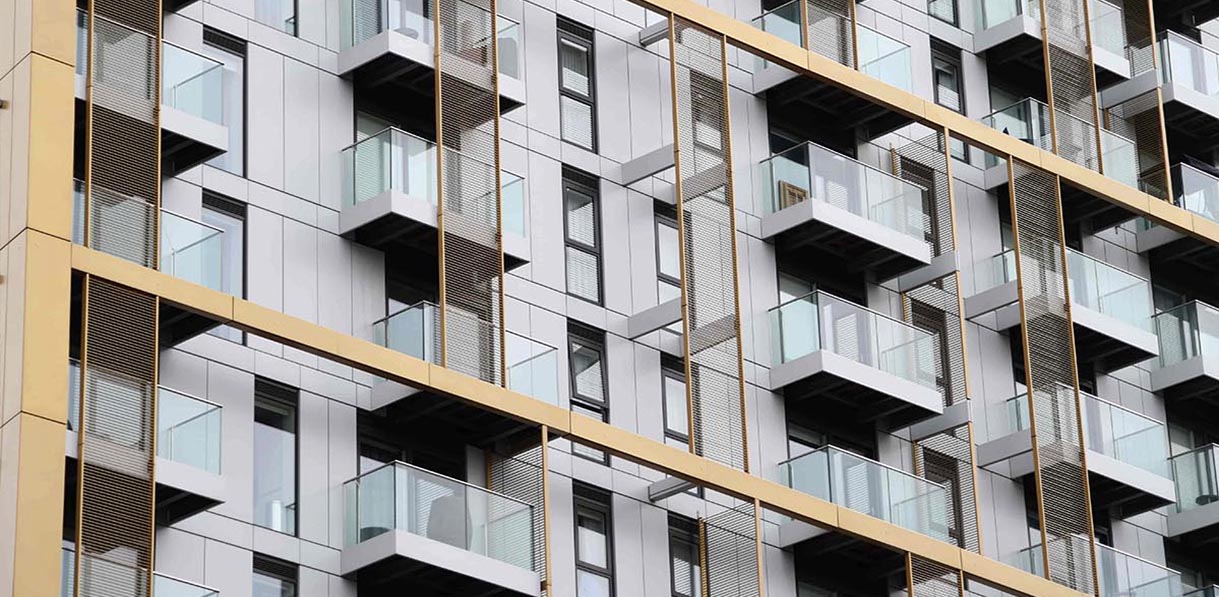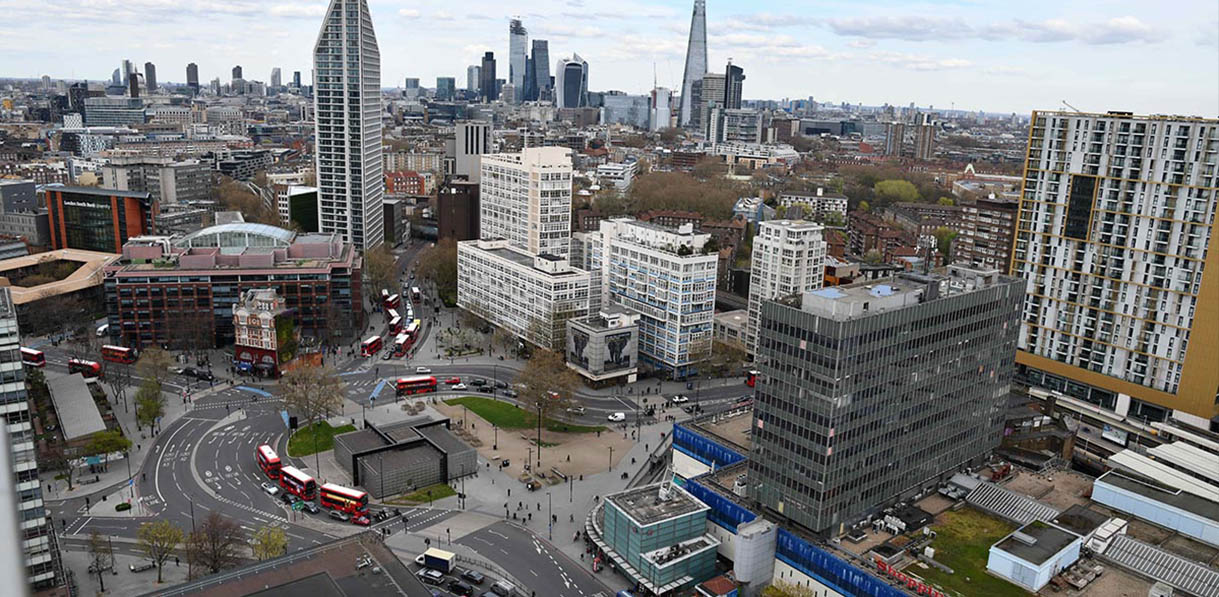 With properties in Hackney and Walthamstow, I am slightly aghast at the stratospheric shift in prices in both of these ‘hotspots’ over the past few months. This was confirmed in April by the Nationwide house price index for the first quarter of 2014 showing annual prices had increased 23% and 21% in the boroughs of Hackney and Waltham Forest, but other boroughs like Brent and Lambeth topped this with 31% and 30% rises. Meanwhile my one bedroom flat in Nottinghamshire is still worth 20% less than what I paid for it in 2006. What is causing these crazy price increases in London, is it sustainable and will the rest of the UK get a look in?
With properties in Hackney and Walthamstow, I am slightly aghast at the stratospheric shift in prices in both of these ‘hotspots’ over the past few months. This was confirmed in April by the Nationwide house price index for the first quarter of 2014 showing annual prices had increased 23% and 21% in the boroughs of Hackney and Waltham Forest, but other boroughs like Brent and Lambeth topped this with 31% and 30% rises. Meanwhile my one bedroom flat in Nottinghamshire is still worth 20% less than what I paid for it in 2006. What is causing these crazy price increases in London, is it sustainable and will the rest of the UK get a look in?
Most London agents will tell you that a key factor is the lack of supply. There just aren’t enough properties on the market. Plenty of sales are going to sealed bids with offers way over asking price and London auctions continue to be bargain free zones. These hungry buyers are not being lured in by the government’s Help To Buy scheme: agents tell me it has had minimal impact in London. In any case, Help To Buy rates of 4.99% are no lower than 95% loan to value product rates not in the scheme and lenders’ criteria remains just as stringent. It could be renters keen to get onto the housing ladder, but with the average London salary at £35,000 and the average London house price of around £400,000, they would need to borrow an insurmountable 10 times salary.
The answer may lie in London’s global appeal. Savills claim that London prices are set to rise 24.4% by 2018. The weakness of sterling has made prime central London a great place for overseas investors who account for 15% of purchases across London and 80% in iconic neighbourhoods like Chelsea, Belgravia and Knightsbridge. Property investor shows abroad frequently market London properties to non doms who snap up 49% of new builds across the capital. Individuals and sovereign investors from the Middle East, China and Singapore have joined European and Russian billionaires in their lust for London property. Interestingly 80% of it is actually let to Londoners, providing London agents with a profitable business stream. There is still plenty of untapped demand, according to Property Investor News April 2014 edition as we have yet to see institutional investors from China joining the party. This global demand is pushing the rest of us into zones 2, 3, 4 and beyond. Former Shelter Policy Officer, Robbie De Santos recently tweeted that Tottenham is the new Hoxton and I sense young people shifting out to once unfashionable places like Wood Green. The FT declared in February that Lewisham is the natural heir to Hackney, Zone 3 neighbourhoods like Leyton and Walthamstow already taking over its mantle. Crossrail and HS2 is putting Acton and Old Oak Common on the map and Peckham and East Dulwich have long been hot stuff property wise.
Although you may still not be feeling it across the UKs regions and countries, there are broader signs that the UK economy is in full scale recovery mode. GDP is up by 0.8% this quarter and has now risen for five quarters in a row. The UK is projected to be the fastest growing western economy in 2014. Crucially annual wage growth has now risen to 1.7% and that is more than inflation at 1.6%. That marks the beginning of the end of the ‘cost of living crisis’ and will start to reduce the proportion of earnings that people spend on rent. This is no bad thing as we will hopefully start to see the back of headlines complaining about rent levels, yields have now started to fall in 9 out 10 towns and cities like Sheffield, Birmingham and Bristol where buy to let is most active according o Chesterton Humberts. We live in a global bubble in London so it is difficult to sense what is happening to the rest of the UK economy, but I ordered a carpet in Newark on Trent two weeks ago and had to join a longish queue of orders until mine could be fitted, my sense is that the shoots of recovery are well and truly emerging. Activity at the Property Investor Show at Excel in London was a little more disturbing. I noticed a lot of ‘portfolio builder’ stands and I worry that the get rich quick brigade are back out in force. Somebody told me that one of these companies charges £5,000 for a course that the NLA offer for £95. I chatted to Richard Bowser at the Property Investor News stand and he reminded me of the millions of deposits that were lost to companies like Inside Track in the last boom. His view of the market is that Central London is booming, the rest of London is hot, South East England is buoyant and the rest of the UK is warming up.
So are we just heading for half a dozen years of growing property prices now? Well there are some clouds on the horizon. I’ll start with prime central London where the housing recovery often begins. According to Savills, prices are up 2% in the last quarter, high value homes in Chelsea and Belgravia are up just 0.6%. Properties over £10 million are up just 1.9% in the past year, suggesting that overseas investors are starting to balk at prices. With rental yields a low as 2-3%, investors need strong capital growth to make their purchase worthwhile and there are reports that Asian buyers are nervous about rent levels and affordability in London. According to research by Jones Lang LaSalle, there are 102,000 newbuilds in the London pipeline, but developers tend to drip feed these into the market to prevent suppression of prices. So only 13,500 were started last year and there are 20,700 units under construction. There are however some tax disincentives on the horizon. Capital Gains Tax will finally be applied to people selling properties who are non domiciled in the UK from April 2015 and the Labour party are proposing a mansion tax of 1% for properties over £2 million, most of which are in central London. Proposals for three year ASTs may well also slow growth. Macro economic factors like the rise of sterling could have the final say though. The pound has climbed to $1.69 and 1.22 Euros, as it rises investing in UK property becomes less attractive to overseas buyers and prices could soften accordingly. For those of us who operate in markets where people need to borrow to buy, the mortgage market review could have an impact on volumes of lending, already down from 76,753 mortgage approvals in February to 70,309 in March according to the Council for Mortgage Lenders. Although evidence suggests that Help To Buy is having a stronger imact – particularly the newbuild version – outside of London, tougher affordability criteria created by the MMR could put the brakes on mortgage availability. Communities secretary, Eric Pickles has also announced plans to restrict newbuild to UK buyers.
Crossrail is certainly helping to stimulate demand in hitherto unloved corridors through east, south east and west London, but will a dip in prime central London help restore calmer price increases in the rest of London? Quite possibly. So what’s a landlord to do? Outside of London and the south east this seems to be the moment to buy. In London, do you buy before it gets too late? My instinct is that the market in London has got a bit giddy and will pause for breath. Bank base rate rises next year will certainty inject a note of caution. CGT and rising sterling may well put the brakes on prime central increases. There are plenty of policy unknowns, likes the impact of MMR, more likely to affect the owner occupier sector. The spread of licensing and Article 4 planning directions could put the brakes on landlord investment in inner and outer London. The fear of Labour party policy proposals may also start to stoke off demand from buy to let purchasers. I miss the bargains of 2009 and it looks like we’re heading for a bumpy and uncertain ride ahead now. In theory, the curve of the cycle is on its way up and as supply loosens, market activity will be buoyant but steady. I’ve just received an auction catalogue and it’s the thinnest I have ever known it. Just why people aren’t selling in London and when they will begin to sell is a mystery. I certainly expected sales to increase with a predictable Spring bounce. Some commentators think we are looking at a possible correction in London. I think we are more likely to see a softening and then more realistic sustainable house price rises over the next five years, creating a fairly positive investment environment.








